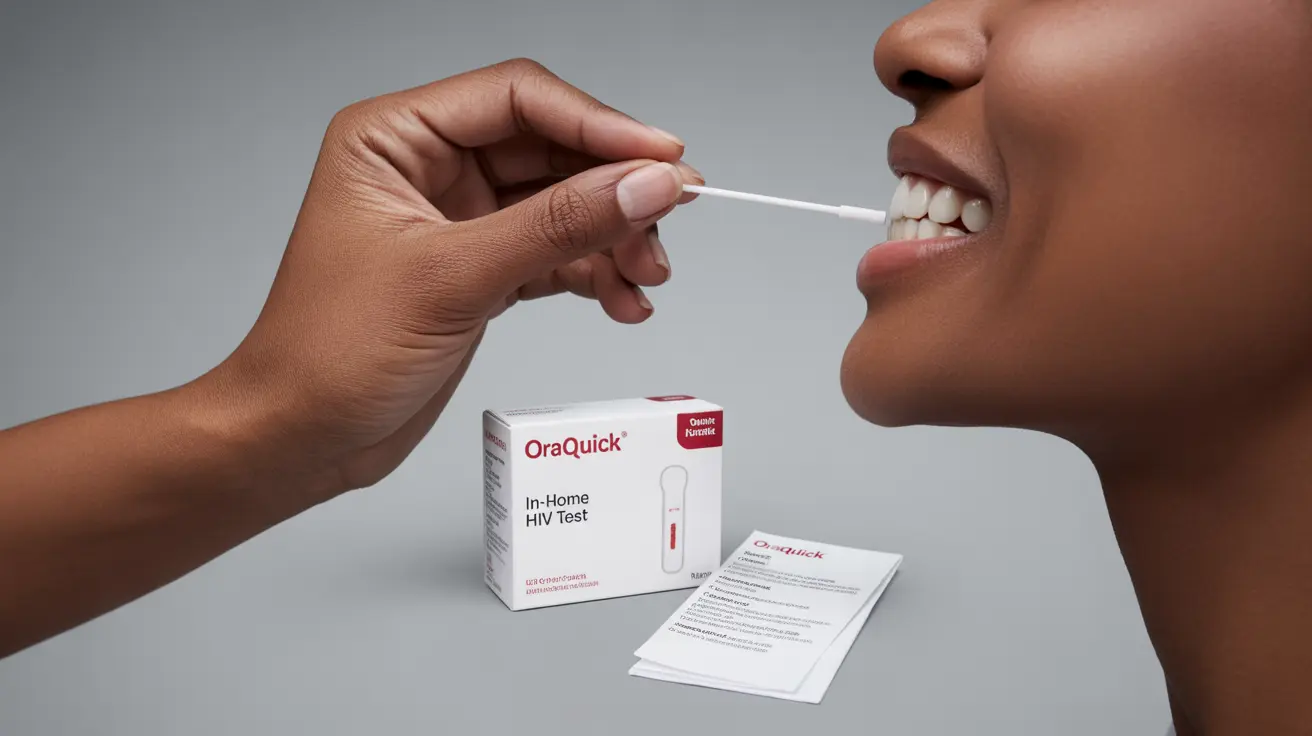For those seeking to test for HIV in the privacy of their own home, understanding the accuracy of the OraQuick In-Home HIV Test is crucial. This FDA-approved oral swab test offers a convenient way to screen for HIV, but knowing its reliability and proper usage is essential for accurate results.
In this comprehensive guide, we'll explore the accuracy rates of OraQuick, discuss potential false results, explain the optimal testing window, and provide clear instructions for proper test administration.
Understanding OraQuick's Accuracy Rates
The OraQuick In-Home HIV Test demonstrates significant accuracy when used correctly. Clinical studies show that the test is approximately 91.7% accurate in detecting HIV infection when present. This means that out of every 12 people who have HIV, the test will detect approximately 11 cases.
For HIV-negative individuals, the test shows even higher accuracy, with a 99.98% rate of correctly identifying people who don't have HIV. This means that only about 1 in 5,000 HIV-negative people might receive a false positive result.
Factors Affecting Test Accuracy
The Testing Window Period
The timing of your test significantly impacts its accuracy. OraQuick may not detect HIV immediately after exposure because the body needs time to develop detectable antibodies. The recommended waiting period is at least three months after potential exposure for the most reliable results.
Proper Test Administration
Following the correct testing procedure is crucial for accurate results. This includes:
- Carefully reading all instructions before starting
- Not eating, drinking, or using oral care products 30 minutes before testing
- Collecting the oral sample exactly as directed
- Waiting the full 20-minute development time
- Interpreting results within the specified timeframe
When to Consider Professional Testing
While OraQuick offers convenience, certain situations warrant professional laboratory testing:
- Recent exposure (within the past three months)
- High-risk behaviors or ongoing exposure risk
- Unclear or invalid home test results
- Symptoms consistent with acute HIV infection
Next Steps After Testing
Understanding what to do after receiving your test result is crucial. Whether positive or negative, having a clear action plan helps ensure appropriate follow-up care and continued health management.
Positive Results
If you receive a positive result, it's essential to:
- Remain calm and remember this is a screening test
- Schedule an immediate appointment with a healthcare provider
- Get confirmatory laboratory testing
- Seek support from trusted friends, family, or counseling services
Negative Results
A negative result requires:
- Understanding the window period implications
- Considering regular testing if risk factors exist
- Maintaining preventive measures
- Consulting healthcare providers about PrEP if at ongoing risk
Frequently Asked Questions
How accurate is the OraQuick In-Home HIV Test for detecting HIV?
The OraQuick test is 91.7% accurate at detecting HIV infection when present, and 99.98% accurate at identifying people who don't have HIV. However, accuracy depends on proper use and testing after the window period.
Can OraQuick give false negative or false positive HIV test results?
Yes, both false negatives and false positives are possible. False negatives are more likely during the window period or with improper test administration. False positives are rare but can occur, which is why all positive results require confirmatory laboratory testing.
How long after potential HIV exposure should I wait before using the OraQuick test?
Wait at least three months after potential exposure before using OraQuick. This allows time for detectable antibodies to develop, providing the most accurate results.
How do I properly use the OraQuick oral swab test to ensure accurate results?
To ensure accurate results, avoid eating, drinking, or using oral care products for 30 minutes before testing. Follow all package instructions carefully, swab your upper and lower gums completely, and wait the full 20 minutes before reading results.
What should I do if my OraQuick test result is positive or negative?
For positive results, seek immediate confirmatory testing from a healthcare provider. For negative results, consider regular testing if risk factors exist, and maintain preventive measures. Remember that all positive results require professional confirmation regardless of circumstances.




